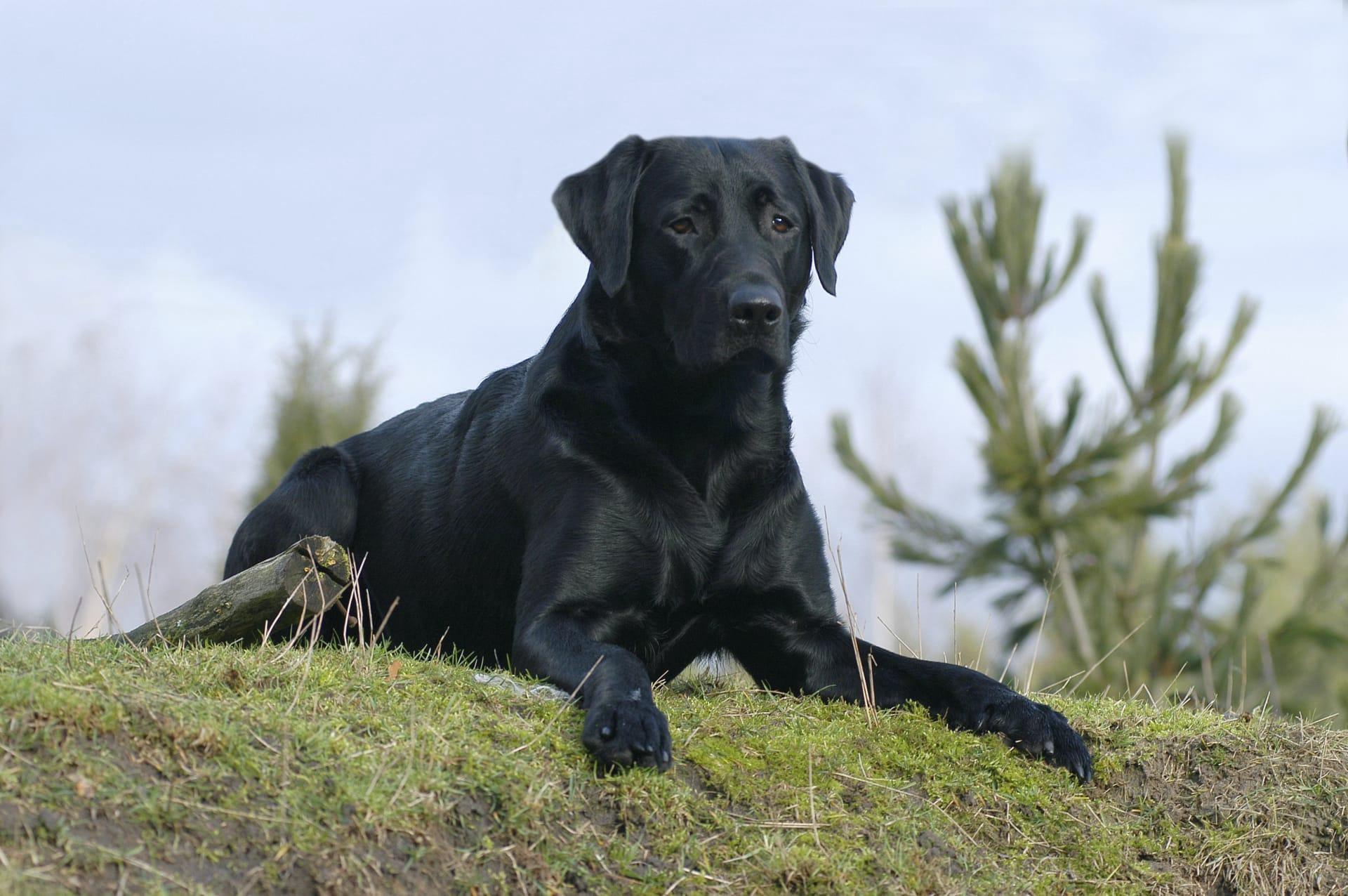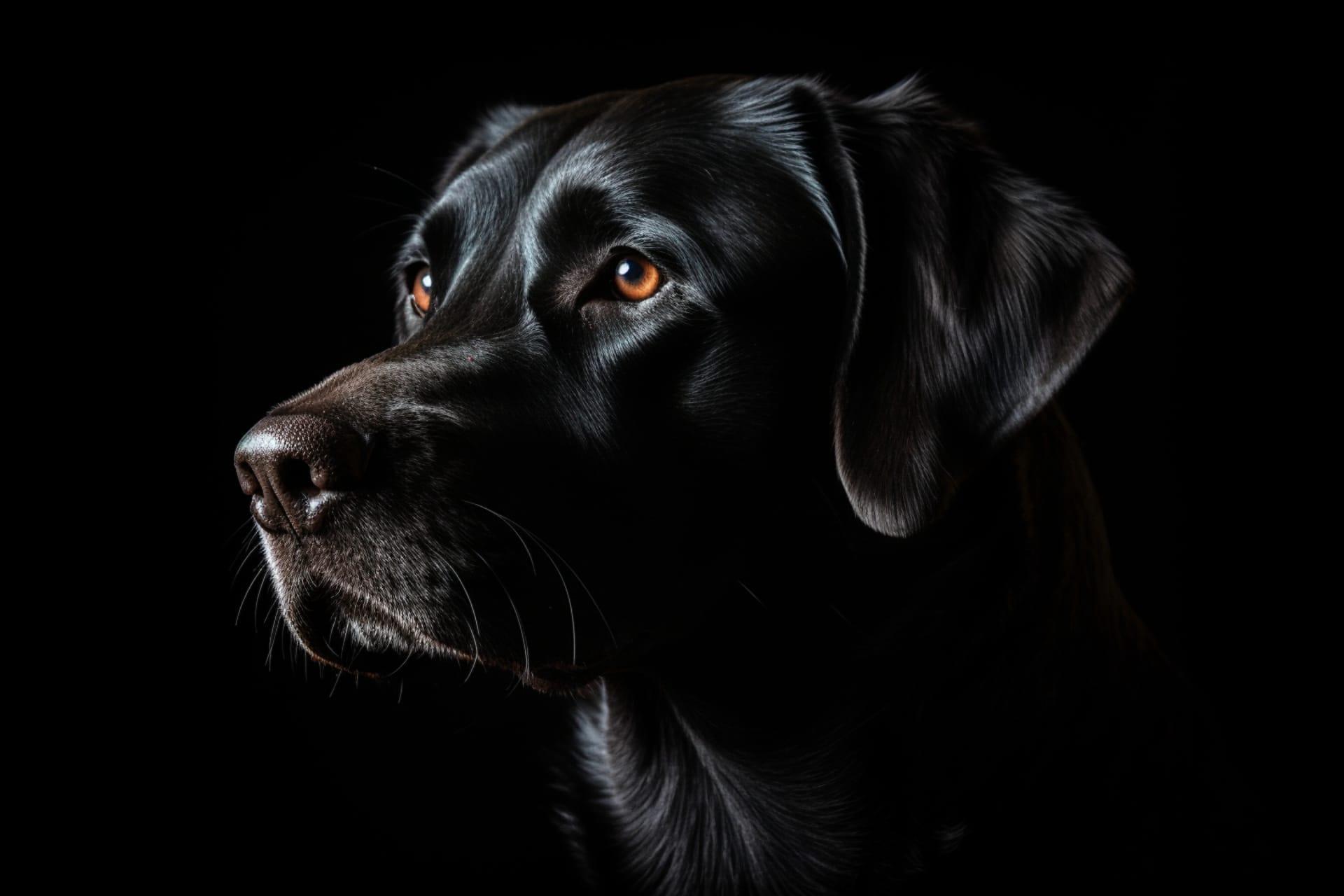1
Black Labrador Retrievers are renowned for their exceptional swimming abilities, a trait that can be traced back to their origins in Newfoundland, Canada. Originally bred to help fishermen haul nets and catch fish that escaped from fishing lines, these dogs have webbed paws. This unique physical feature increases their surface area for swimming, making them powerful and efficient swimmers. Their love for water is not just a preference but a part of their heritage, with many Black Labs able to swim for miles without showing signs of fatigue. This capability is supported by their muscular build and a tail often described as an "otter tail," which acts as a rudder, providing balance and steering while swimming.
Another fascinating aspect of Black Labs is their coat color genetics. The black coat is the result of a dominant gene. A Black Lab can carry genes for both black and chocolate or yellow coats, but the presence of the dominant black gene means that, unless bred with another carrier of the recessive genes, the puppies will most likely be black. This genetic trait makes black the most common color among Labrador Retrievers. Their glossy black coat is not only striking but also provides an advantage in colder environments, absorbing heat from the sun to keep them warmer while working or playing outdoors.

2
When it comes to intelligence and training, Black Labrador Retrievers stand out as one of the most trainable breeds, thanks to their desire to please their owners and an exceptional ability to learn new commands. They can learn a new command in under five repetitions and obey the first command given to them 95% of the time. This high level of obedience and intelligence makes them ideal candidates for various roles, including search and rescue missions, assistance dogs for the disabled, and, famously, as detection dogs in law enforcement and military roles. Their keen sense of smell and eagerness to work closely with humans have saved countless lives in search and rescue operations around the world.
Black Labs have a remarkable capacity for emotional intelligence and are able to detect changes in human emotions, making them excellent companions and therapy dogs. They have been shown to exhibit behaviors that suggest an understanding of human emotional states, offering comfort during times of stress or sadness. This sensitivity, combined with their gentle nature, allows Black Labs to serve effectively in hospitals, schools, and nursing homes, where they bring joy and comfort to patients, students, and the elderly. Their ability to connect with people on an emotional level is just as important as their physical abilities, showcasing their versatility as both working dogs and loving family members.

3
The lifespan of a Black Labrador Retriever is typically 10 to 12 years, a testament to their robust health and vitality. However, their active lifestyle and work ethic contribute to their overall well-being, necessitating regular exercise to maintain their physical and mental health. A Black Lab requires at least one hour of vigorous exercise daily to keep them from becoming bored and potentially destructive. This breed thrives on activities such as running, swimming, and fetching, which not only keep them fit but also strengthen the bond between the dog and its owner.
Interestingly, the coat of a Black Lab is designed not only for aesthetics but also for practicality. It consists of two layers: a soft, insulating undercoat that keeps them warm in cold weather, and a waterproof outer coat that helps them stay dry and comfortable in wet conditions. This double coat sheds seasonally, usually more heavily in the spring and fall, requiring regular grooming to keep their coat healthy and to minimize shedding around the house. The natural oils in their coat also provide a degree of protection against dirt and parasites, contributing to the overall health and appearance of these beautiful dogs.

4
Black Labrador Retrievers have a strong predisposition towards obesity if not properly managed, due to their love of food and their owners' tendencies to overfeed them. A balanced diet and regular exercise are crucial for maintaining their weight and preventing health issues such as joint problems, diabetes, and heart disease. It is recommended to measure their food and provide two meals a day rather than leaving food out all the time. Treats should be given sparingly, and engaging them in activities that involve mental stimulation can help manage their appetite and keep them physically fit.
Their social nature and ability to get along with other animals make Black Labs an ideal choice for families with pets. They exhibit a low level of aggression and a high tolerance for other dogs and pets, including cats. Early socialization is key to developing these traits, involving exposure to a variety of people, places, sounds, and experiences when they are young. This breed's friendly disposition and adaptability to different environments make them not only great family pets but also valuable members of therapeutic and assistance teams, where they interact with a wide range of individuals and other animals.

5
Black Labrador Retrievers are not only known for their physical attributes and versatility as working dogs but also for their significant impact on the lives of individuals with disabilities. They are among the most preferred breeds for guide and assistance dog training programs due to their intelligence, trainability, and gentle temperament. These dogs undergo extensive training to perform tasks such as guiding the blind, assisting individuals in wheelchairs, alerting those with hearing impairments, and even detecting medical emergencies before they happen, such as seizures or drops in blood sugar levels in diabetics.
Finally, the popularity of Black Labs is not just a modern phenomenon. Historical records show that they have been favored as hunting and retrieving dogs since the early 1800s. Their soft mouth grip, which allows them to carry game without damaging it, made them invaluable to hunters. This trait, combined with their keen sense of smell, intelligence, and trainability, ensured their place as a top choice for sportsmen and adventurers alike. Over time, their roles have expanded beyond the hunting fields to become one of the most beloved and versatile breeds in the world, excelling in roles that range from family companion to lifesaving hero in search and rescue operations.